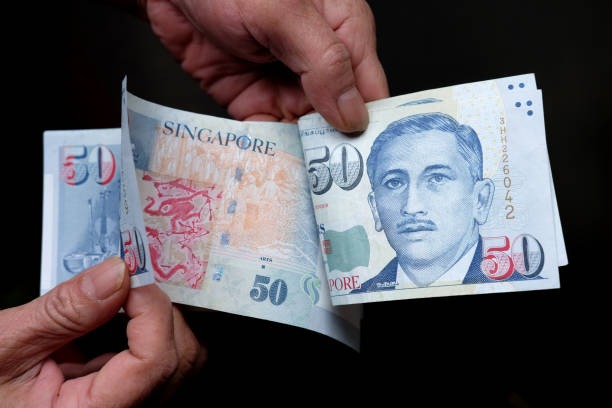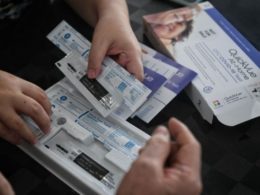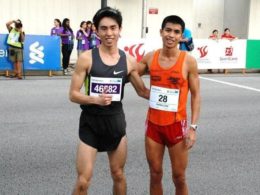October 18 : A 30-year-old Bangladeshi man has been sentenced to one month in prison after attempting to bribe Immigration and Checkpoints Authority (ICA) officers at Changi Airport to gain entry into Singapore.
The incident occurred on October 2 when Rakibul, who arrived on a flight from Bangladesh, was stopped by the ICA’s automated entry system.
Upon being flagged for additional checks, Rakibul was escorted to an ICA officer’s duty room.
While being taken to a waiting area by Inspector Muhammad Firdaus Ahmad, he handed the officer a note which read, “I give you 200 Singapore dollars inside the passport. Let me go to visit Singapore please.”
As the situation developed, Inspector Firdaus involved Assistant Superintendent Wong Wei Quan to further evaluate Rakibul’s intentions.
During this interaction, Rakibul offered S$200 to ASP Wong also as an inducement for allowing him entry into the country.
“When ASP Wong attempted to clarify Rakibul’s intent in producing the paper, Rakibul offered S$200 in cash to (him) as an inducement to be allowed entry into Singapore,” said CPIB according to CNA report.
Both officers, adhering to their ethical duties, rejected the bribe and promptly reported the matter to the Corrupt Practices Investigation Bureau (CPIB).
The following day, Rakibul was charged with corruption in court.
“Singapore adopts a strict zero-tolerance approach towards corruption,” CPIB added.
Under Section 6 of the Prevention of Corruption Act, individuals convicted of such offenses can face severe penalties, including fines of up to S$100,000 and imprisonment for up to five years.
Image via google for illustration
- Man Molests Woman in MBS Lift While Holding Wife’s Hand
- 82-Year-Old Man Jailed After Crashing Girlfriend’s Car Without Licence
- Indonesian Domestic Helper Jailed for Filing False Rape Report to End Affair with Employer’s Husband
- Singaporean Jailed Three Weeks for Hiring Girlfriend as ‘Maid’ to Extend Her Stay
- Man Jailed for Cheating Giant Supermarket 26 Times Using Self-Checkout Trick









